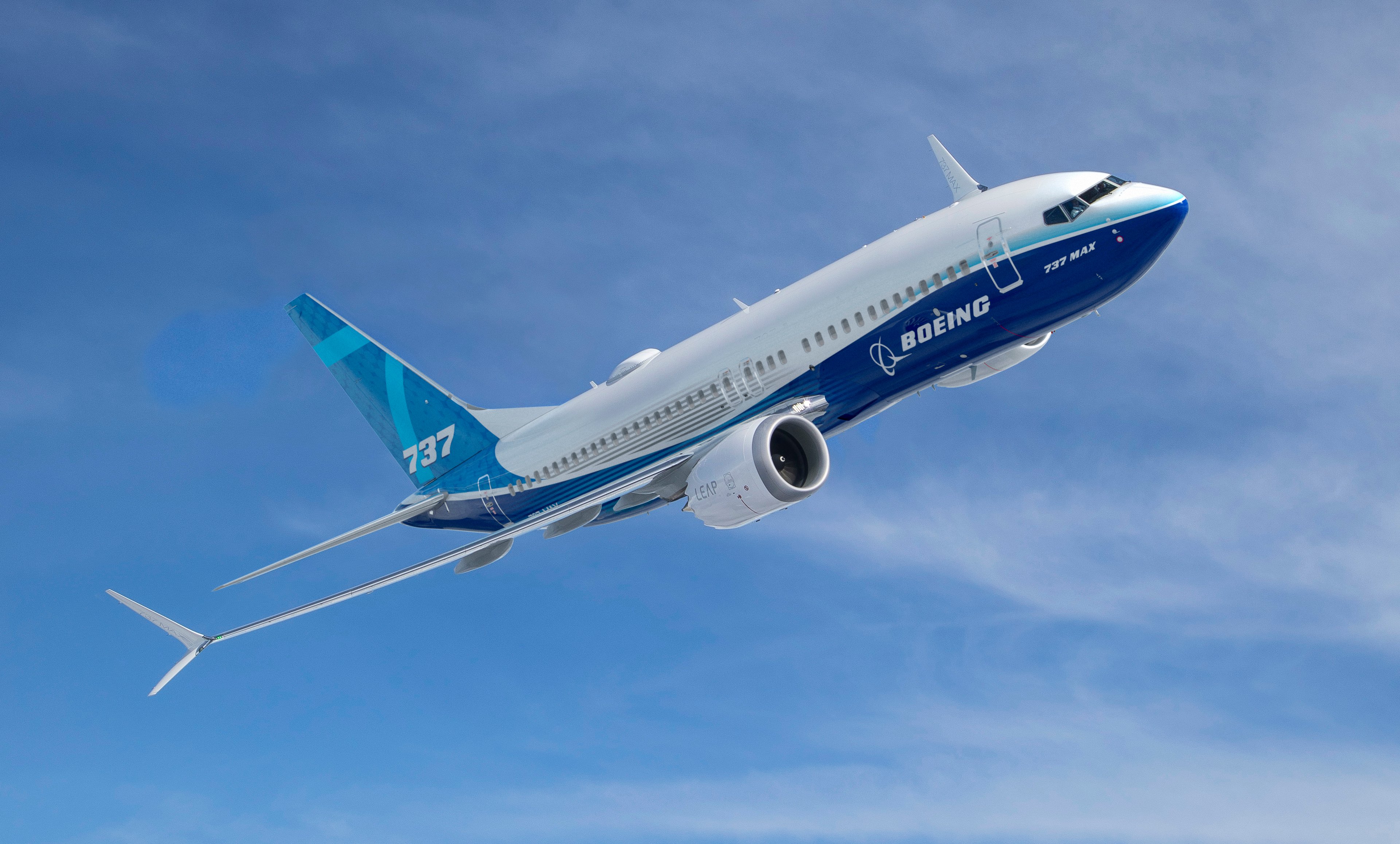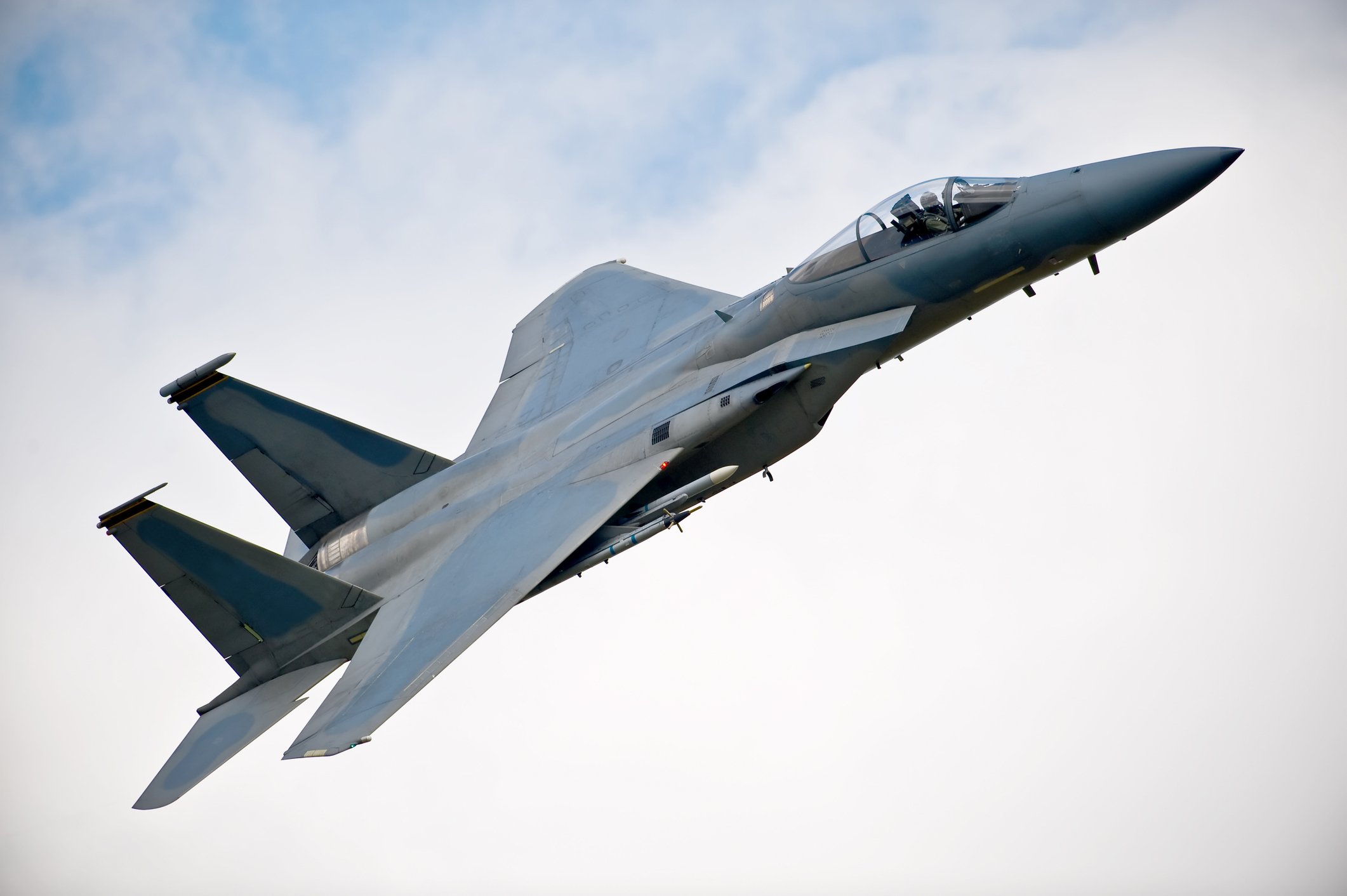
Boeing 737s in flight. Ah, but what flavor of 737 are they -- and at what price? Image source: Boeing.
After a September that was almost entirely devoid of news of new plane orders, Boeing (BA +1.94%) finally broke its silence on Thursday, announcing some new plane orders... sort of.
According to the company, the first week of October saw Boeing record nine new 737 plane orders to Brazil's GOL Linhas Aéreas Inteligentes (GOL Airlines). Coincidentally, Boeing lost nine 737 orders to cancellation during the first week of this month.
Of course, that coincidence is no coincidence.
The update
Boeing currently has 5,656 planes in its backlog, unbuilt and awaiting fulfillment. Incorporating this week's latest numbers, Boeing's order book for 2015 now looks like this:
- 358 single-aisle 737s
- 54 widebody 777s
- 52 Dreamliner 787s
- 48 Boeing 767s
- Four 747s
That's 516 gross plane orders for Boeing. Minus 69 cancellations, Boeing's net order tally rings up at 447 planes. This is exactly what Boeing had at the start of this month, almost exactly where Boeing stood at the start of last month -- and just 55% of how many airplanes Airbus has sold so far this year.
Parsing your weekly dose of Boeing news
I've been following Boeing for quite some years now, and tracking the company's weekly updates on plane orders for nearly as long. But it wasn't until about April of last year that I finally had the bright idea of asking Boeing to clarify one issue that had been bugging me:
Every once in a while, Boeing will put out a report like the one we saw this week -- one where new plane orders, and usually, single-aisle 737s -- from an identified customer precisely match an equal number of 737 "cancellations" from an unidentified customer. This looks like a coincidence, but as a Boeing representative explained last year, it really is not:
"If there are an equal number of orders and cancellations, it is almost always an NG to MAX conversion," Boeing advised in an email. He was referring to customers who had in the past placed firm orders to buy 737 NG aircraft, but subsequently changed their minds and decided to upgrade to Boeing's newer 737 MAX line of aircraft. And this appears to be what happened at GOL Airlines last week.
Turns out, Boeing's automated order book page simply isn't equipped to describe such simple conversions from one plane type to another, as conversions per se. Instead, the order book reports them as cancellations of one plane type, with simultaneous new orders for the new and improved version.
So does this even matter?
Looked at from one perspective, a customer switching its order from one flavor of 737 to the next sounds like a bit of a nonevent and hardly worth Boeing's time to report at all. In fact, however, such conversions can be significant. Consider: The list price on a 737-800 "NG" aircraft currently stands at just $96 million. In contrast, an equivalent-sized but more fuel-efficient 737 MAX 8 aircraft lists for $110 million.
That's a 15% upgrade in revenues that Boeing gets for upgrading a 737 order from NG to MAX, and depending on contract terms, the price differential could be even greater. For example, list prices on a 737-800 NG for an order placed last year were 3% cheaper. An upgrade from a 2014 "NG" order to a 2015 "MAX" order, therefore, at 2015 prices, might boost revenues from the sale by as much as 18%.
And on a nine-plane 737 contract, that could work out to as much as $150 million extra in Boeing's pocket. And even after costs and taxes, that's worth several million dollars more than a sharp stick in the eye.






